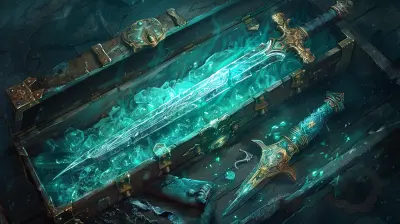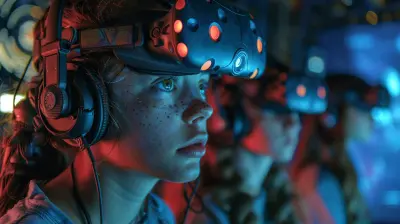Revisiting the Quirky Charm of 90s FMV Games
20 June 2025
Ah, the 90s—a time of baggy jeans, neon windbreakers, and dial-up internet that made you wait an eternity to check your emails. But if you were a gamer back then, chances are you stumbled upon what might now be considered one of the quirkiest eras in gaming history: the birth (and near-death) of Full Motion Video (FMV) games. Yep, I’m talking about those cheesy, live-action, sometimes so-bad-it’s-good video games that became a short-lived but unforgettable phenomenon.
FMV games were weird, ambitious, and, let’s be honest, totally campy. But there’s something about them that still captures the imagination, even decades later. So why not take a trip down memory lane and revisit the strange yet charming world of 90s FMV games? Pack your VHS nostalgia goggles and let’s dive in!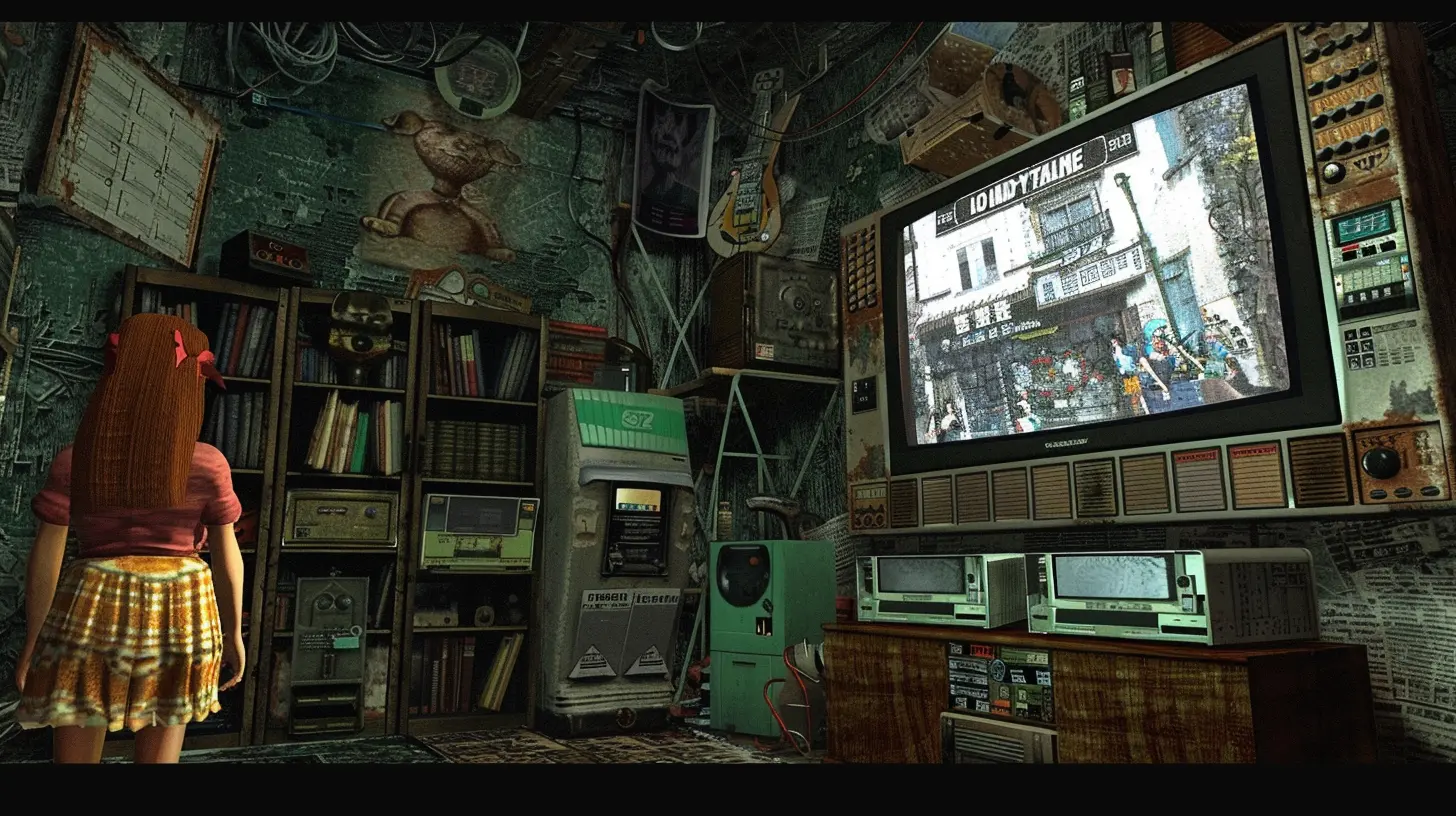
What Exactly Were FMV Games?
First off, if the term FMV makes you scratch your head, let me break it down for you. FMV stands for “Full Motion Video.” Essentially, these games incorporated live-action video footage—often starring real actors—with gameplay. Instead of fully animated or sprite-based graphics, FMV games used pre-recorded video to simulate interactivity.The player often made choices or performed actions that dictated the outcome of the story, making FMV games a hybrid between Hollywood movies and traditional video games. Think of it as a “Choose Your Own Adventure” book—but on steroids and with lots of questionable acting.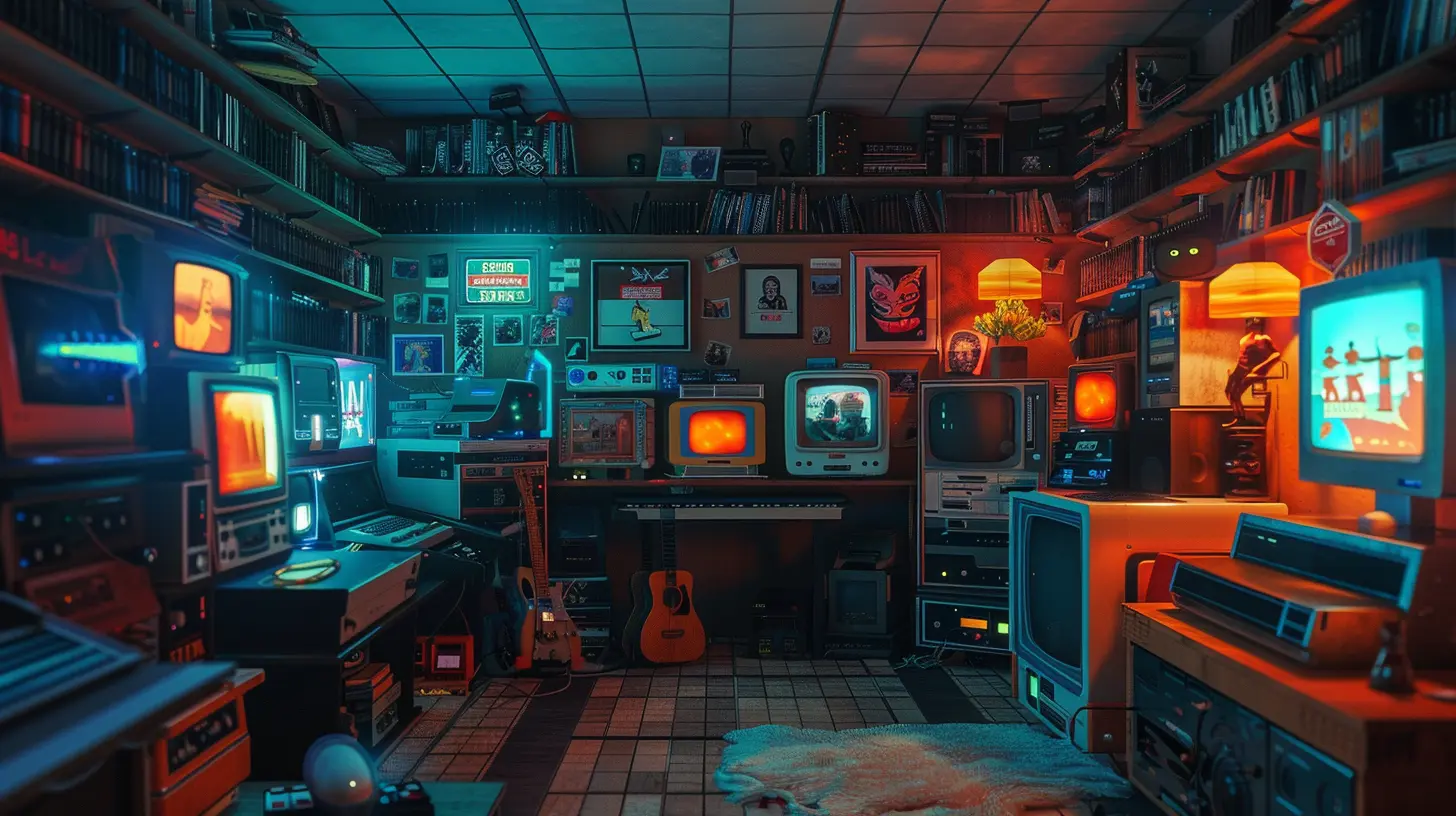
The Rise of FMV Games: When Innovation Met Ambition
The FMV craze kicked off during the early 90s, as CD-ROM technology began revolutionizing the gaming industry. CDs could store a lot more data than cartridges, which meant developers could experiment with richer audio, video, and graphics. And what was more eye-catching than actual live-action footage?Games like Night Trap (1992) and The 7th Guest (1993) were among the first to exploit this technology, boasting high production values and cinematic stories. But let’s not sugarcoat it—these games were bold experiments, and not all of them aged gracefully. Still, for their time, they were groundbreaking.
FMV games were also a response to an underlying ambition: to bridge the gap between video games and Hollywood. Developers wanted to deliver experiences that felt more like interactive movies than pixelated adventures. The concept was engaging on paper, but the execution? Well, that’s another story...
Quirky, Campy, Cult Classics
What really made FMV games memorable wasn’t their cutting-edge technology (for the 90s, at least); it was their sheer absurdity. From over-the-top acting to awkward dialogue and bizarre plots, FMV games practically oozed camp.Take Night Trap, for instance, arguably the poster child for FMV games. You play as a member of the “Sega Control Attack Team,” tasked with protecting a group of teenage girls from vampiric creatures called "Augers" while monitoring their house through security cameras. Sound ridiculous? Oh, it absolutely was. But it’s also this ridiculousness—combined with its infamous role in the video game violence debate in the 90s—that solidified its place in gaming history.
Then there’s Tex Murphy: Under a Killing Moon (1994), an FMV detective game that mixed film noir with sci-fi in all the best (and worst) ways. The protagonist, Tex Murphy, was the quintessential lovable loser, navigating a post-apocalyptic San Francisco while solving mysteries. Its cheesy dialogue and tongue-in-cheek humor made it both an unintentional comedy and a cult classic.
And who could forget Phantasmagoria (1995)? With its horror-filled storyline and gruesome imagery, it aimed to scare the pants off gamers. Spoiler alert: it ended up being more laughable than terrifying, but hey, it’s the thought that counts.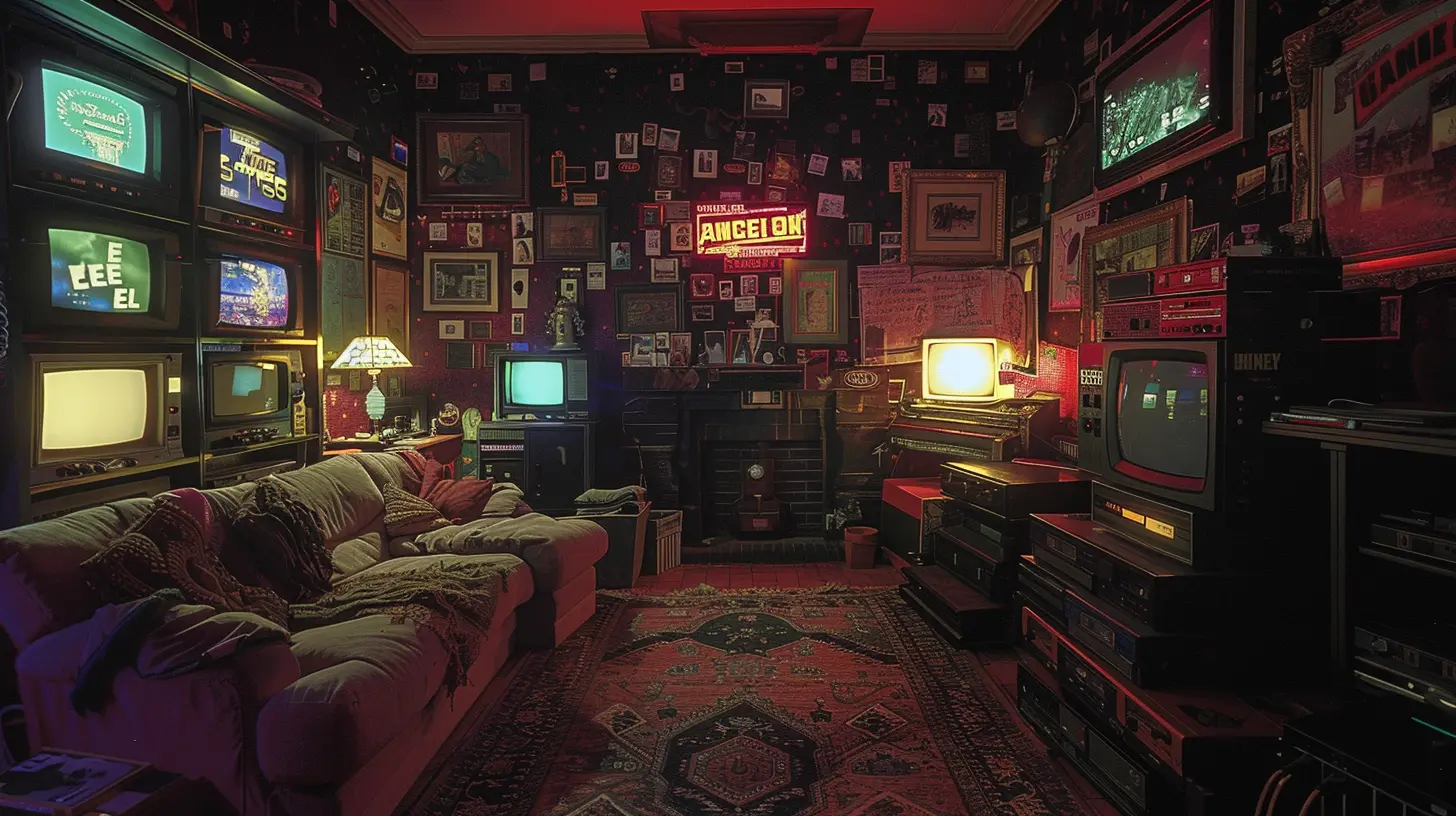
Why Did FMV Games Fade Away?
As fun (and funny) as FMV games were, the genre didn’t exactly stick around. By the late 90s, they had all but vanished, relegated to bargain bins and “remember when” conversations among aging gamers. So, what happened?1. Technology Evolved Too Quickly
The same technology that gave rise to FMV games also became their downfall. As PCs and consoles got more powerful, developers shifted toward 3D graphics and open-world environments. The novelty of live-action video paled in comparison to the freedom and immersion offered by these new advancements.2. Limited Interactivity
Let’s be real—while FMV games looked cool, their gameplay often felt shallow. Most of them boiled down to watching videos and making occasional choices. Compared to the growing complexity of other genres, FMV games just couldn’t compete.3. Cost vs. Reward
Producing FMV games wasn’t cheap. You needed actors, sets, costumes—the whole Hollywood shebang. And the returns weren’t always worth the investment, especially when many of these games didn’t sell as well as anticipated.4. Cultural Shift
By the end of the 90s, gamers were also evolving. The quirky charm of FMV games gave way to more mature, immersive experiences like Half-Life and Metal Gear Solid. Simply put, the audience outgrew FMV’s campy appeal.FMV Games Today: A Revival in the Era of Nostalgia
Now, here’s the plot twist: FMV games are making a comeback. Kind of. Thanks to indie developers and platforms like Steam, we’ve seen a resurgence of interest in this niche genre. Modern FMV games are still quirky, but they also incorporate new mechanics to keep things fresh.Take Her Story (2015), an interactive crime thriller where players piece together a mystery by watching video clips of police interviews. Or Telling Lies (2019), which expanded on the concept with multiple characters and timelines. These games took the foundation laid by 90s FMVs and elevated them into something deeper and more sophisticated.
Even Night Trap got a re-release in 2017 for its 25th anniversary. Because let’s face it—nostalgia sells.
Why We Still Love FMV Games (Flaws and All)
So, why do these games still hold a special place in our hearts? Is it the nostalgia? The unintentional humor? Or maybe it’s that they dared to be different in an industry often afraid of risks.FMV games were a perfect snapshot of the 90s: experimental, outrageous, and just a little bit tacky. They didn’t always succeed, but they tried to push the boundaries of what games could be. And for that, they deserve their place in the gaming hall of fame—or at the very least, in our hearts.
Final Thoughts: A Genre That Refused to Be Forgotten
Revisiting the quirky charm of 90s FMV games is like flipping through an old photo album. Sure, some of the pictures make you cringe, but most of them make you smile—because they remind you of a time when gaming was unafraid to try new things.Whether you’re laughing at the antics of Night Trap or marveling at the ambition of The 7th Guest, there’s no denying FMV games were a key chapter in the evolution of video games. They weren’t just games; they were a cultural moment. And who wouldn’t want to press "Play" on that?
all images in this post were generated using AI tools
Category:
Retro GamesAuthor:

Madeleine McCaffrey
Discussion
rate this article
2 comments
Mackenzie Coffey
Ah, the nostalgia! FMV games from the 90s had that unique blend of awkward charm and cheesy dialogue that only a true gamer can appreciate. They were a delightful escape into a world where every choice felt like an epic adventure!
August 23, 2025 at 4:03 AM

Madeleine McCaffrey
Absolutely! FMV games truly captured a special magic with their unique storytelling and memorable moments. Glad you appreciate their charm!
Emmett McKinnon
Unlock hidden nostalgia—what secrets lie in the pixels of our past?
June 22, 2025 at 3:50 AM

Madeleine McCaffrey
Absolutely! The pixels of our past hold stories, emotions, and memories that shaped our gaming experience. Let’s explore those unique moments together!

